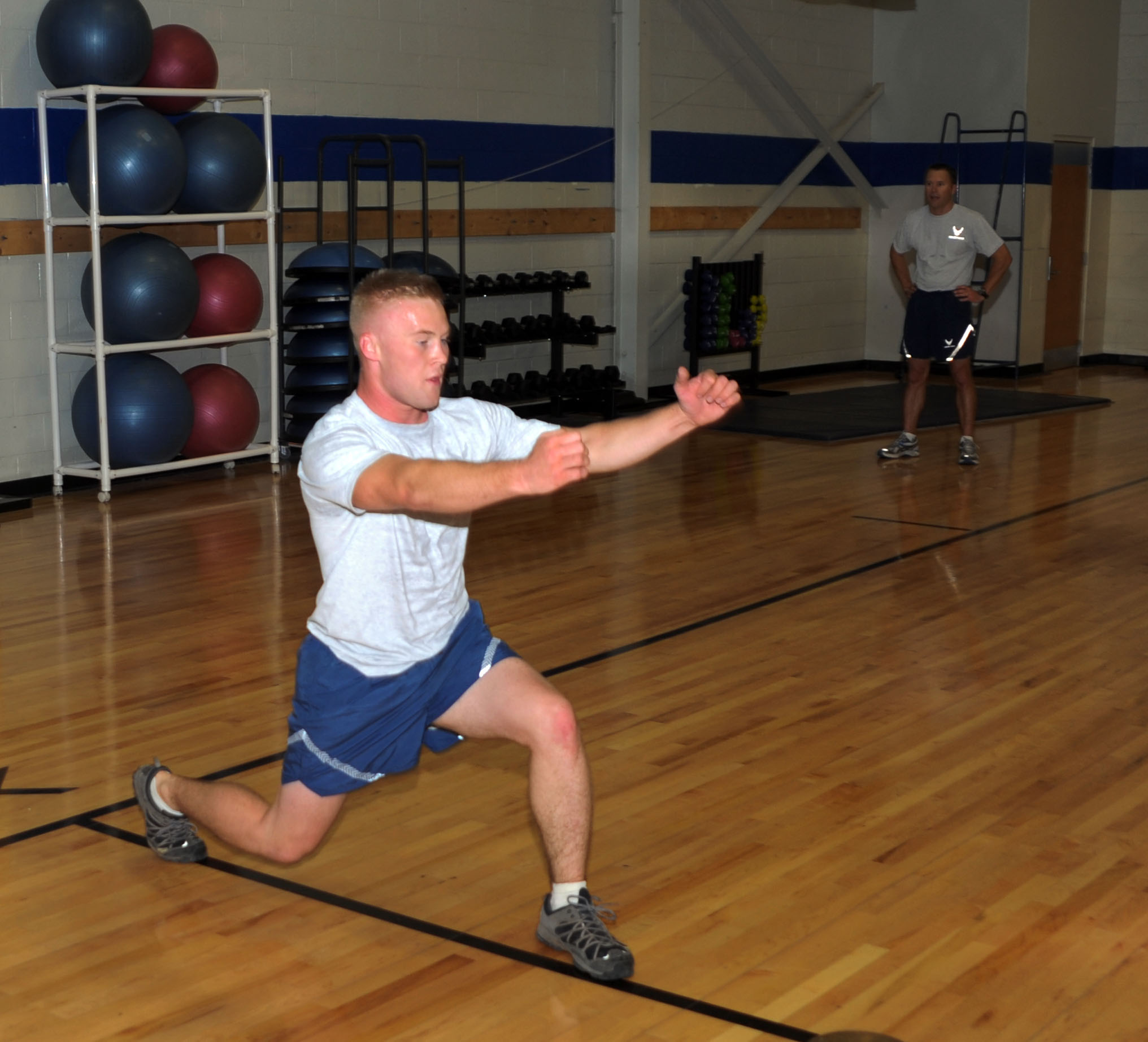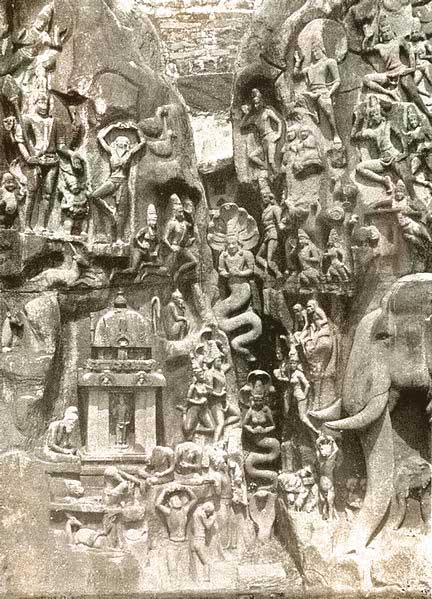|
Anjaneyasana
Añjaneyāsana (Sanskrit: अञ्जनेयासन, "Son of Anjani pose"), Crescent Moon Pose, or Ashwa Sanchalanasana (Equestrian Pose) is a lunging back bending asana in modern yoga as exercise. It is sometimes included as one of the asanas in the Surya Namaskar sequence, though usually with arms down in that case. Variations include Utthana Pristhasana, Lizard Pose. Etymology and origins The name Anjaneya is a matronymic for Hanuman, whose mother's name is Anjani. Hanuman is a central figure in the epic '' Rāmāyaṇa'', and an important Iṣṭa-devatā in devotional worship. Like many standing asanas, Anjaneyasana was unknown in medieval hatha yoga, and was brought into modern yoga in the 20th century from Indian martial arts. It is used in schools of modern yoga such as Sivananda Yoga. It is included as one of the asanas in Ashtanga Vinyasa Yoga's type 1 Surya Namaskar sequence. Description The asana is entered from a lunge, with the back knee lowered to ... [...More Info...] [...Related Items...] OR: [Wikipedia] [Google] [Baidu] |
Surya Namaskar
Sun Salutation, also called Surya Namaskar(a) or Salute to the Sun (), is a practice in yoga as exercise incorporating a flow sequence of some twelve gracefully linked asanas. The asana sequence was first recorded as yoga in the early 20th century, though similar exercises were in use in India before that, for example among wrestlers. The basic sequence involves moving from a standing position into Downward and Upward Dog poses and then back to the standing position, but many variations are possible. The set of 12 asanas is dedicated to the Hindu solar deity, Surya. In some Indian traditions, the positions are each associated with a different mantra. The precise origins of the Sun Salutation are uncertain, but the sequence was made popular in the early 20th century by Bhawanrao Shriniwasrao Pant Pratinidhi, the Rajah of Aundh, and adopted into yoga by Krishnamacharya in the Mysore Palace, where the Sun Salutation classes, not then considered to be yoga, were held next door to ... [...More Info...] [...Related Items...] OR: [Wikipedia] [Google] [Baidu] |
Lunge (exercise)
A lunge can refer to any position of the human body where one leg is positioned forward with knee bent and foot flat on the ground while the other leg is positioned behind. It is used by athletes in cross-training for sports, by weight-trainers as a fitness exercise, and by practitioners of yoga as part of an asana regimen. In contrast to the split squat exercise, during the lunge the rear leg is also activated. Strength training Lunges are a good exercise for strengthening, sculpting and building several muscles/muscle groups, including the quadriceps (or thighs), the gluteus maximus (or buttocks) as well as the hamstrings. A long lunge emphasizes the use of the gluteals whereas a short lunge emphasizes the quadriceps. The lunge is a basic movement that is fairly simple to do for beginner athletes. A lunge can be performed using bodyweight alone. However, weight trainers may seek to increase the difficulty using either dumbbells or kettlebells held in each hand, or a barbe ... [...More Info...] [...Related Items...] OR: [Wikipedia] [Google] [Baidu] |
Yoga As Exercise
Yoga as exercise is a physical activity consisting mainly of postures, often connected by flowing sequences, sometimes accompanied by breathing exercises, and frequently ending with relaxation lying down or meditation. Yoga in this form has become familiar across the world, especially in America and Europe. It is derived from medieval Haṭha yoga, which made use of similar postures, but it is generally simply called "yoga". Academics have given yoga as exercise a variety of names, including modern postural yoga and transnational anglophone yoga. Posture is described in the '' Yoga Sutras'' II.29 as the third of the eight limbs, the ashtanga, of yoga. Sutra II.46 defines it as that which is ''steady and comfortable'', but no further elaboration or list of postures is given. Postures were not central in any of the older traditions of yoga; posture practice was revived in the 1920s by yoga gurus including Yogendra and Kuvalayananda, who emphasised its health benefits. ... [...More Info...] [...Related Items...] OR: [Wikipedia] [Google] [Baidu] |
Standing Asanas
The standing asanas are the yoga poses or asanas with one or both feet on the ground, and the body more or less upright. They are among the most distinctive features of modern yoga as exercise. Until the 20th century there were very few of these, the best example being Vrikshasana, Tree Pose. From the time of Krishnamacharya in Mysore, many standing poses have been created. Two major sources of these asanas have been identified: the exercise sequence Surya Namaskar (the salute to the sun); and the gymnastics widely practised in India at the time, based on the prevailing physical culture. The origin of standing asanas has been controversial since Mark Singleton argued in 2010 that some forms of modern yoga represent a radical reworking of hatha yoga, in particular by adding standing asanas and transitions ( vinyasas) between them, and by suppressing most non-postural aspects of yoga, rather than a smooth continuation of ancient traditions. These changes enabled yoga to be practise ... [...More Info...] [...Related Items...] OR: [Wikipedia] [Google] [Baidu] |
Ardha Chandrasana
Ardha Chandrasana ( sa, अर्धचन्द्रासन; IAST: ''ardha candrāsana'') or Half Moon Pose is a standing asana in modern yoga as exercise. Etymology and origins The name comes from the Sanskrit words अर्ध ''ardha'' meaning "half", चन्द्र ''candra'' meaning "moon", and आसन ''āsana'' meaning "posture" or "seat". The 19th century ''Sritattvanidhi'' uses the name Ardha Chandrasana for a different pose, Vrikshasana. Swami Yogesvarananda used the name in his 1970 ''First Steps to Higher Yoga'' for a pose similar to Kapotasana, Pigeon. The modern usage of the name is found in B. K. S. Iyengar's 1966 '' Light on Yoga''. Practice and benefits The pose is entered from Trikonasana (triangle pose), where one foot is kept forward. The arm opposite to the foot that is forward would come onto the hip. While stretching up with the rear leg and out with the front hand so that only the fingertips remain on the ground, the hand on the hip ... [...More Info...] [...Related Items...] OR: [Wikipedia] [Google] [Baidu] |

.jpg)



